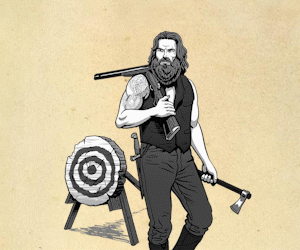“A 6 am idea here about art. An article covering the process of what it takes to create something, from an artist’s perspective. I guess both a physical, a mental, and an emotional covering of creation. Just a thought here.” -Josh
It’s all in the eye of the beholder.
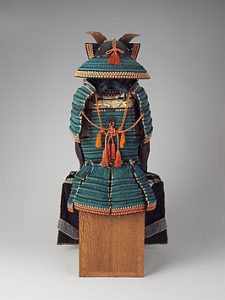
A great idea my editor-in-chief had. I do find a bit of humorous coincidence in that, though, as my colleague, a self-described ‘not-artist,’ did, in fact, create art. This business is art. So what is this thing called art?.
Firstly, art is subjective. What I find beautiful, you may not. Secondly, there is scientific backing on what humans tend to find aesthetically pleasing. Some artists know this and exploit it, while others do not. This scientific backing is why you see a majority of fast food signage in red (turns out that is actually just psychology using your memories against you). Humans utilize artistry in almost every aspect of their life. Art is defined as “the expression or application of human creative skill and imagination, typically in a visual form such as painting or sculpture, producing works to be appreciated primarily for their beauty or emotional power”.
Art is emotion
Emotion can be harnessed for creative purposes. Love, fear, hate, compassion, or spite can all be utilized to create. The list of emotions really could go on. The purpose is to take the emotion and channel it into the work. One very simple way of describing art is the work of using your emotions to create. Just like at my other places of employment, my work days can be filled with one of the above emotions, all of them, none them, or any other emotion you can think of.
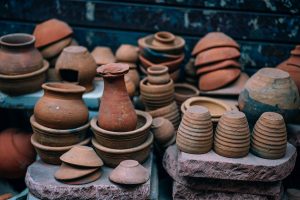
I’ve experienced great joy when completing pieces of work both large and small. I’ve experienced camaraderie post-military when finishing a group community piece. Also, I’ve felt great commiseration from viewing truly (still subjective) bad and great pieces that moved me through the commiseration. There are times of harmonious calm felt during the lulls, like sitting down after feeding the fire in the kiln at Baltimore Clay Works. This is just a snippet of the emotional roller coaster known as an artist’s life; which is much like the emotional roller coaster known as life for any person.
The art world is a thinking person’s world.
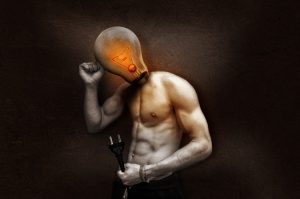
Mental dexterity is needed in making art, like in many aspects of life. Making any piece of art is all well and good, no matter the scope and scale of the project. What can be a game changer with how the art is appreciated is how the art is applied. So, having a wide knowledge base can help the artist to properly apply and present the art.
Case in point: stickdeath.com. In the oft-remembered idyllic “oughts” (2000-2009), stickdeath.com took the stick figure and brought us works to be appreciated for their raw beauty and emotional power (schadenfreude). The figure interacted with other figures and they were committed to battling one another in a raw, emotional experience. So, even the ubiquitous punching bag of art-competence can become a wonderful piece of art.
Making things is not easy

We established that making art is for self-motivators, as no Night becomes Starry, no bronze or marble is able to Think, nor is there a question to be or not be had without highly motivated people making a thing happen. These individuals we know, in both antiquity and in contemporary society, work with other people and with groups of others. It’s a team effort. No one works in a vacuum. If they did, their work would be quite literally nothing (we’re not going to argue Space-Time here).
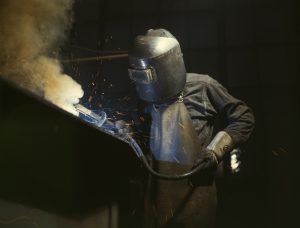
There is artwork that is exquisite, and someone can look at it and see how exquisite it is. That exquisite thing didn’t happen by chance. To get there, the artist failed (see: learned) a lot. That artist experienced self-doubt. No one escapes that doubt of knowing how the public will take their creativity, including the greats. But an artist willingly goes into that unknown and is inclined to continue to go into that unknown. For as long as necessary. Successful or not, each artist has to continue to produce. Otherwise, your label no longer fits.



